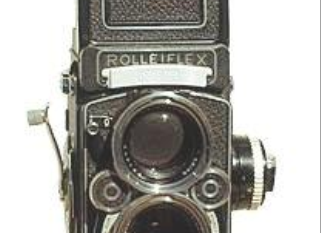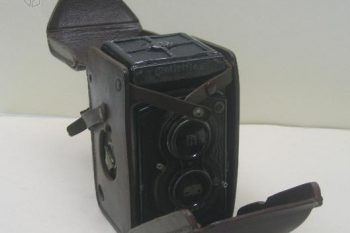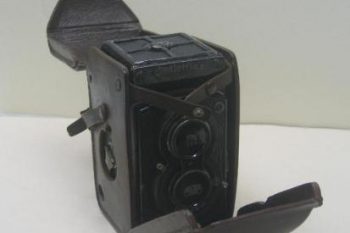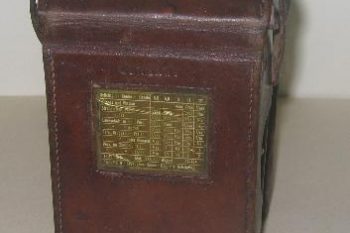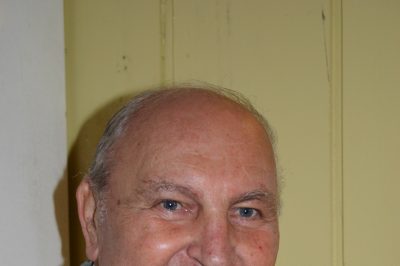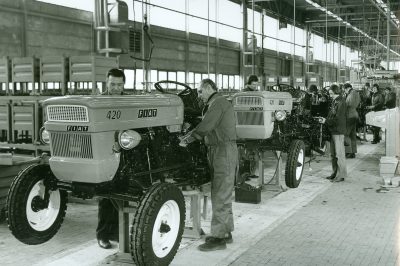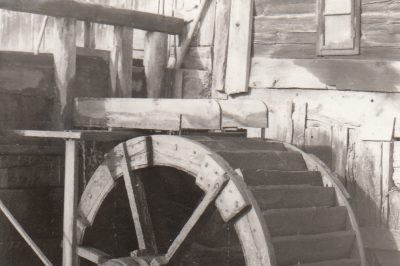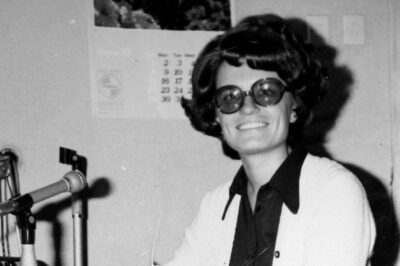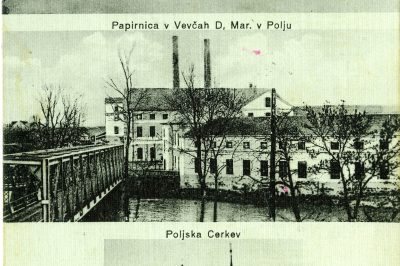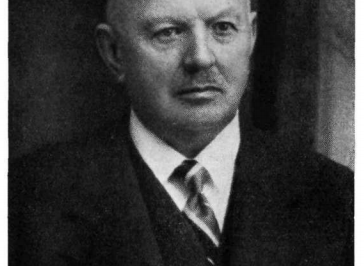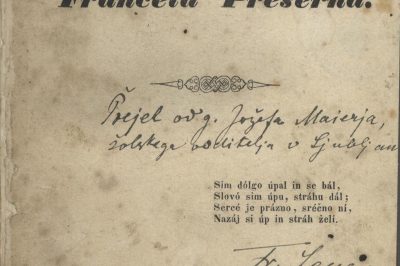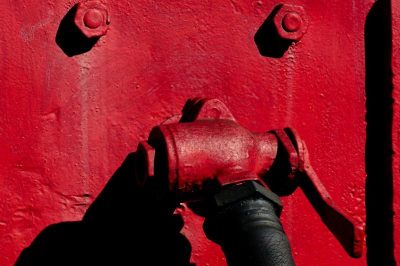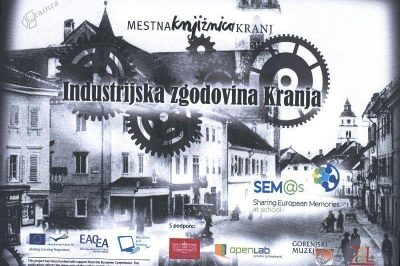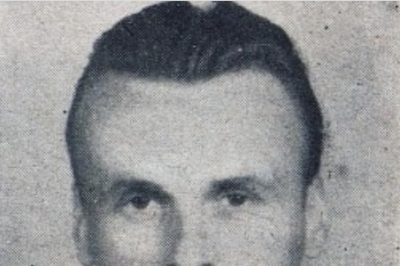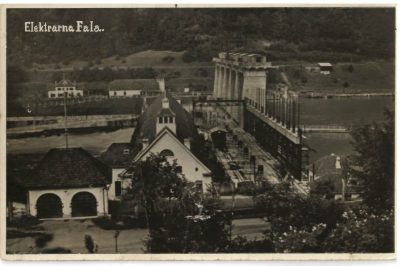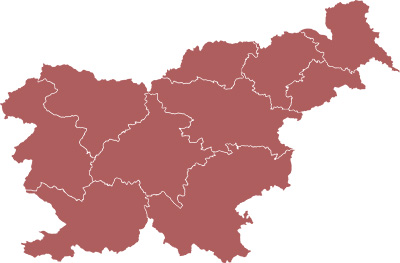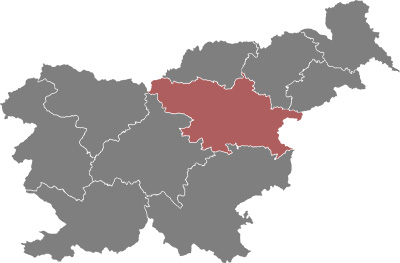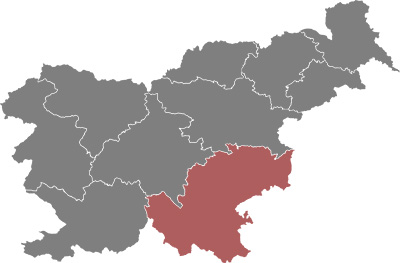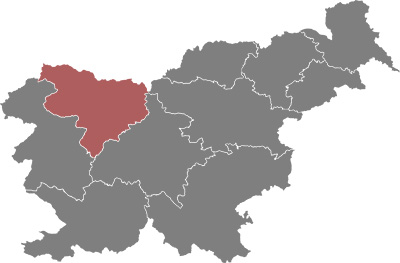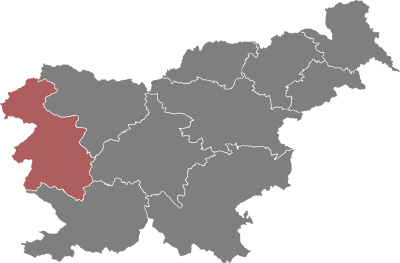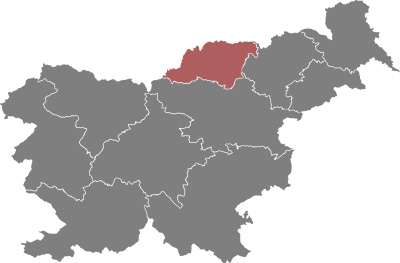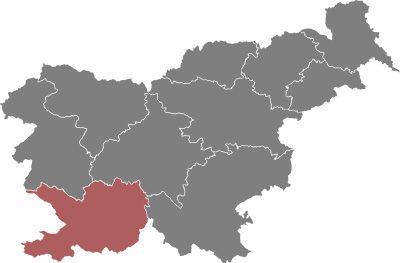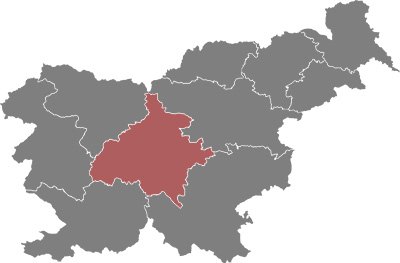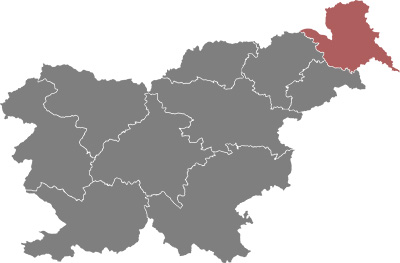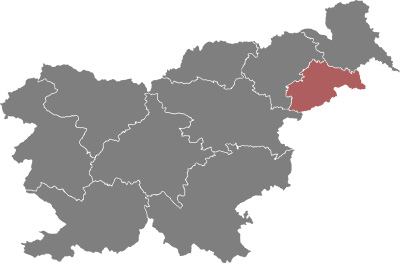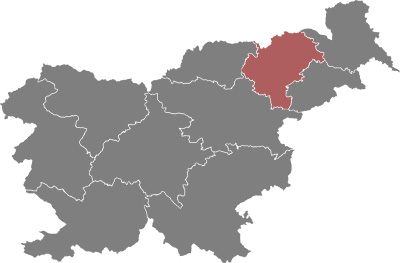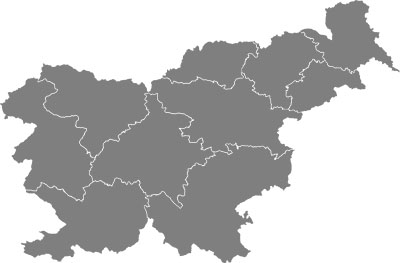DVOOKA ZRCALNA KAMERA ZA ZVITI FILM (6x6cm). Znamka – ROLLEIFLEX I. Proizvajalec – FRANKE & HEIDECKE, Braunschweig, Nemčija, 1929-1932. Hrani Tehniški muzej Bistra, inv. št. 41
The Rolleiflex TLR was designed by Reinhold Heidecke (1881 – 1960), partner of “Franke & Heidecke” of Brunswick, Germany, in 1928 and marketed in 1929. Earlier the firm was a world famous builder of stereo cameras sold under the names Heidoscop (after its designer) and Rolleidoscop. The name Rollei is a typically German contraction of Roll film camera Heidecke. Paul Franke (1888 – 1950), owner of a Berlin photo retail shop, was Mr. Heidecke’s commercial partner. The camera was an instant success. Mr. Franke’s first commercial trip had to be short cut after a few weeks, as he had sold more than a year’s production. “Franke & Heidecke” evolved into “Rollei-Werke Franke & Heidecke”. The later company was bankrupted in 1981 and the factory was re-established as Rollei Fototechnic and owned by a British group, “United Scientific Holdings”. The next owner was Heinrich Mandermann who also owned the optical firm “J. Schneider Kreuznach”. Eventually Mr Mandermann sold Rollei to “Samsung” of Korea. “Samsung” invested heavily in Rollei but eventually decided to sell. After a management buy-out Rollei was owned by senior staff members. In 2002 a Danish investment group took a major interest in the Rollei company. In 2005 Rollei Fototechnic was split up in two parts. The Danish investors continue the sales department as Rollei GmbH in Berlin. This company sells OEM equipment under the Rollei brand name. This part is irrelevant to us. The Brunswick factory, where the medium format cameras are built, continues as “Franke & Heidecke GmbH, Feinmechanik und Optik”. As the name suggests grandsons of both founders have joined senior management as owners. Rolleiflex Twin Lens Reflex. The TLR design itself was not a Heidecke invention. It was well known and used for what we now call large format cameras. The patented Heidecke design was much more compact than the usual TLR designs. In a clever way he used empty spaces to take the film rolls and he managed to lower the reflex mirror into unused space of the “taking chamber”. In this way the two lenses could be built more closely together. This is a favourable construction to minimise parallax between the two lenses. Over the years the original design was improved many times. The remaining parallax for instance was compensated for in the finder construction. All these refinements were patented and that kept Franke & Heidecke well ahead of competition. (http://www.stutterheim.nl/rollei/rolleigraphy.html#tlr66). Rolleiflex Original (6×6, 1928-1932) Taking lens: Carl Zeiss Tessar 75mm F4.5 or F3.8 Viewing lens: Heidoscop-Anastigmat 75mm F3.1 Shutter: Compur 1/300-1s/B/T Special Features: -First Rollei Twin Lens Reflex -Uses 117 film, later 620 film -Film transport by ruby window -Separated shutter cocking.(http://www.siufai.dds.nl/Rolleiflex35_TLR.htm)


